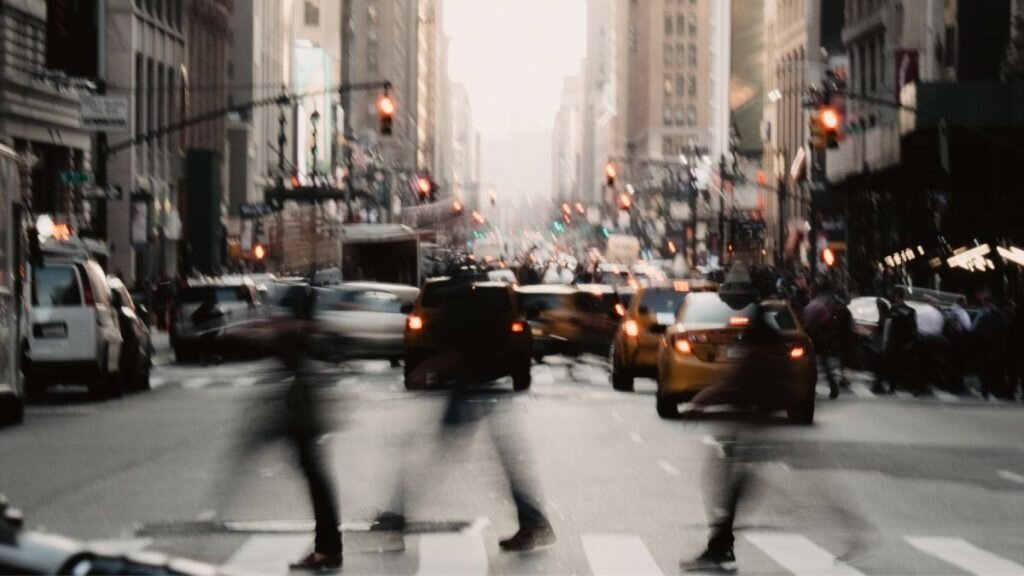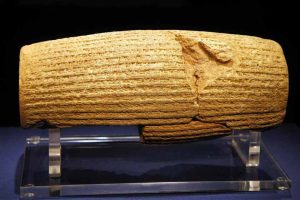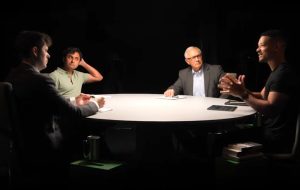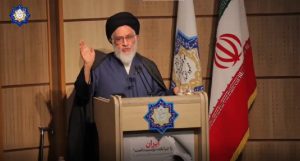According to the news agency Online News, Inspiration of Ebati In the conversation with Mohammad Nazarpour About the translation of the book “Movement; How to take our streets back? ”, In the service Ibna’s religion and thought He wrote: In a world where the streets have become the routes for rapid passing cars rather than a place of life, the book “Motion: How to Take Our Streets and Transform Our Life” challenges the existing image with a radical and humane look. A bold and bold work that redefines the street not only as an urban infrastructure, but as a social, political and cultural space. Beyond a technical analysis of urban transport, this book is a call for a collective and informed movement to recapture public spaces from automotive domination and an attempt to reflect on the dominant discourse of traffic engineering, urban planning, and how we are in the city. In this interview, the translator of the book, Mohammad Nazarpour, introduces the theoretical, narrative and practical dimensions of this work, with a careful and critical look; From the reasons for the selection of the title to the review of traffic engineering paradigms and offers suggestions for action. This dialogue is:
****
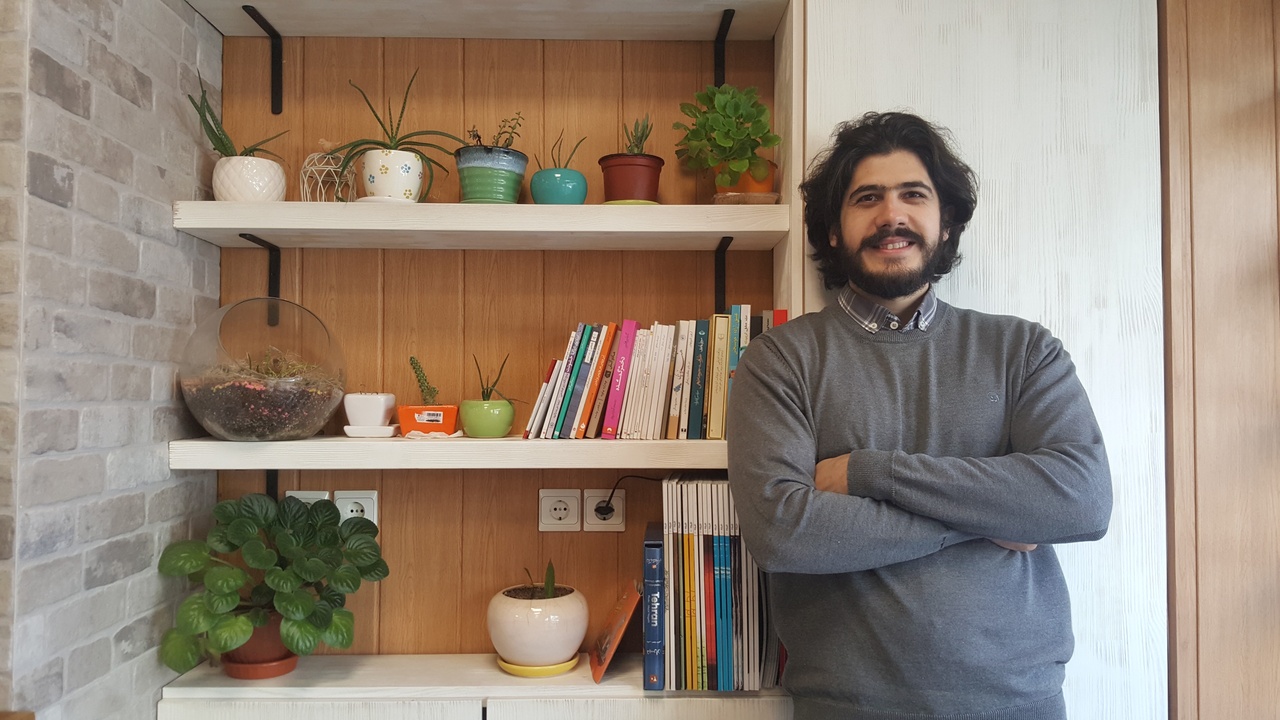
Mohammad Nazarpour
In the title of the book “Motion: How to Take Our Streets and transform our lives”, the concept of “motion” is a multifaceted word and seems to be beyond a simple term. What are the considerations behind this choice and how are it linked to the concepts of “movement”, “recapture” and “life in the city”?
The title of the book is very cleverly selected, and the authors have used the word Movement and not words such as Transportation or even Mobility for the original title of the book. In addition to the meaning of “movement”, it also means “movement” used in social movements. Using this word in the title of the book in a meaningful relationship with the title of the book, how to recapture our streets and transform our lives, aims to instill a social movement to revise and change the status of cities and streets. “Recovery” is a common term in the literature of social movements. Therefore, the title of the book is specifically a call for a social mobilization call for rethinking and exposure to the street and how we move and move in it, which is well described in different seasons of the book.
The book seems to be not merely about transportation, but about the way we deal with the city and life. How does this book combine the technical concepts of transport with philosophical and social questions about the streets and public spaces?
This book was one of the most influential books I encountered in these years; Not only about the displacement it has with us, but a reflection on our understanding, our language, our choices, and our actions in relation to life. In this book, everything goes back to a seemingly simple but fundamental question: Street or road? Presence or passage? What does the street mean when you get out of the house? Where is the street and who belongs to? What is the difference between what to do and what to go through? How does it affect you, others, and the city in general, whether riding on a personal car, or walking on a street or riding on a bike to your destination?
What if we use the street differently? If we understand that we can change our streets, how will we change them? Movement is a movement to challenge the status of the streets and ask such questions about them; Before, of course, challenging itself! Our movement in the city is not merely a functional practical to move from point A to B, but also a meaningful and intertwined action in relation to our way of life, and it depends on how we understand and speak ourselves, others, space, and society.
Talia Workade and Marco Bromstrut, as authors of the book, narrate a three -year project to discover the capacities of our streets. The book is the achievement of this three -year exploration trip on the street. They examine choices and mechanisms that form the basis of public space design and ask fundamental questions about them that shows a call to revise our streets and how we move.
A different and critical perspective on our understanding of its city and its streets that invites us to question our assumptions and authenticity about them and begin different efforts to turn our cities into more pervasive, sustainable and lively spaces. We need alternative narratives to redefine the street based on human values and to recapture our collective action. This book seeks to strengthen such a movement from awareness and social mobilization to transform our cities.
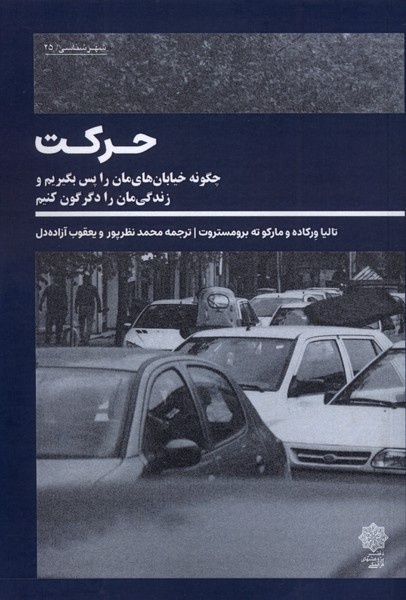
The authors, with a critical look at the dominant traffic engineering paradigm, consider it a source of reproduction of environmental, social and human crises. How is this paradigm formed and what language and power of power reproduces it?
In every city we live, the experience we have on the streets is the specific result of our choices and decisions, and not our responsibility. It depends on our understanding of the public space only as a channel for the fast passage of cars that throws us from one point or consider it a place for our human presence and interaction while moving. The mastery of the technological view of transportation, along with the expansion of the car since the 1980s, has made our cities and streets a fast -paced mechanized channel.
This situation has led to a variety of environmental, health, social and cultural challenges and crises. If our cities in many parts of the world suffer from different automotive challenges and the current situation remains strong, this is due to our specialized, political and public understanding of cities and streets and language and discourse.
We turn our streets into roads to facilitate the quick passage of cars, while their capacity is not responsive to existing demand. Then we set up more roads and highways again. Repeating this process in an unfinished cycle increases demand and continuous supply. It doesn’t matter whether it be Iran or the Netherlands. This approach is known as the “Black Hole in the Highway”, but it still continues in practice. Why?
Because the language and discourse governing the traffic engineering paradigm are still powerful and define issues and solutions based on criteria such as efficiency, speed and capacity. This functional and mechanical understanding of displacement through specialized and public language and discourse is regarded as obvious and unchanging things, while not rigid and unchanged. The result of this approach is the formation of separate people in the name of travelers who must act as a moving component of a traffic system, not as social humans who bring human experience together.
The combination of an international journalist and a university professor in the field of urban transport has led to a work that is both narrative and given. How did this composition affect the structure and narrative of the book, and how has it created an interdisciplinary view?
The first author of the book, Talia Workadeh, is an international journalist in Rotterdam, the Netherlands, who, after returning from a mission in Russia, decides to report on urban traffic and its solutions to the Netherlands. The story of the book begins with his first encounter with Marco Taur Bromstrut, a prominent professor of urban transportation at the University of Amsterdam and known as the “Bike Professor” in the Netherlands; A challenging and unexpected visual that leads to an exploration trip to ask different questions and write this book. The book criticizes the state of urban transport in the world, especially in the Netherlands, in a narrative and attractive tone, a combination of Talia’s writing and deep insights and scientific data.
Marco is one of the most prominent masters of urban displacement from the perspective of the social sciences that we have had a direct acquaintance with him as translators. Based on my experience of collaborating with him in various studies around urban cycling at the University of Amsterdam, I can say with confidence that Marco is one of the most influential figures in changing paradigms from automotive to human -based academic and research space. The critical, interdisciplinary, subject domination and international experience have also enriched the content of this book. The wide popularity of the book in various countries and the admiration of world -renowned writers and researchers is evidenced by this success.
Each chapter of the book “Move” comes to rethink the concept of the street by asking fundamental questions. Can you take an analytical look at the structure of the seasons and explain how these chapters lead to a gradual and transformational narrative?
The various traffic and crises caused by cars are everyday problems in many cities around the world that show the overcoming urban planning paradigm and car -driven roads on the streets. But the streets belong to all of us; This is the first chapter of the book. Our streets in cities around the world are often designed as if only cars are important.
The streets are dedicated to cars and the traffic of our public space has taken over. Decades of urban planning and car -based transport and traffic engineering have imposed mechanical order on our daily lives. But moving in cities is not just to go from point A to point B; The public space is something beyond a moving capsule to pass.
We need to see public spaces as shared resources for everyone to enhance the possibility of social learning and creativity; Where people interact and children play. This is the second chapter of the book. Even in the Netherlands, there is still a struggle to improve sustainable safety, limit vehicles speeds and recapture spaces for people, especially children. The right to have space for children has now become a global issue.
How many people in our streets are killed every day in our streets by drivers (not cars)? Or are they facing serious physical and long -term injuries and their lives disappear? Who are the victims of this system? This is the third chapter. “We have allowed everything to be dependent on cars in our lives, even if we destroy each other along this path” (part of the text of the book). Is there a replacement for this situation?
Finding alternatives requires challenging the status quo, not accepting it. If we continue this way, where will we get? This is the subject of Chapter Four. Violence and road casualties are not accidental and inevitable, but the direct result of our choices (part of the text of the book). Can the design instructions and the existing traffic models help us, or should we fight the restrictions imposed? Is it a solution to rapid investment in technical innovations such as their cars, or should we want human -centered displacement in urban spaces? Do we really want this: more cars and less people?
What kind of city do we have basically? Do we only see the public space as a fast road or a place to spend time and associate with others? What do we prefer to be built in front of a school: an area for parents who come in by car and get their children get up or a multipurpose space for playing and learning children in the playground in front of school? Which is a public space that shows people important? This is the fifth chapter of the book. “If you build a city around the car axis, you will have car drivers, but if you build a city around people, you will see pedestrians, cyclists and children in the streets” (part of the text of the book).
Refecting the narratives of urban displacement and the importance of public spaces should encourage us to take action to recapture the streets and transform our lives. Are we ready to provide ideas for action? This is the subject of chapter six of the book. We are all responsible for our city and we have the power to change the status quo of our cities. At the end of the book, a set of ideas for handling is suggested: “We have divided these ideas into steps you can do alone; The actions you can do collectively with others; And tips for interacting with politicians and representatives of the existing cities’ system “(part of the text of the book).
Due to the complexity of the book’s critical views and views, do you consider the audience to be merely urban actors, or can this work affect the public understanding of urban spaces? What role do you have for the general audience in this social recapture?
The book “Move” is for everyone. I hope the book will be welcomed by students and activists of the urban field, professors and researchers and the general public. The book has been published by the Office of Cultural Research in a formal understanding with the Dutch publisher and with the authors of the book, and I need to thank the office for a long history of producing and publishing various scientific and cultural works in Iran. I suggest the book to all those who have a better urban concern. Just an important warning from the book authors: “If you read this book, you may never be able to see the street outside your house as before! ”!”
The book “Motion: How to Take Our Streets and Transform our Life” has recently been released by the Cultural Research Office with the translation of Mohammad Nazarpour and Ya’qub Azadeh Dell.
1
منبع: www.khabaronline.ir

